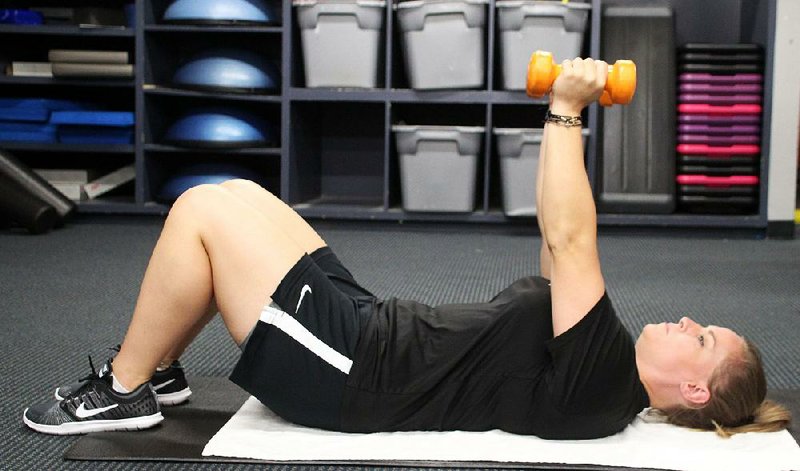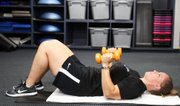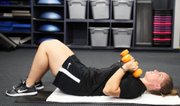I love golf. Although I learned to play when I was 16, I've been particularly dedicated to the game over the past decade. Golf is interspersed with elation and frustration -- sometimes in equal amounts.
Based on the biomechanics of the golf swing, there are two primary fitness traits that most influence one's ability to enjoy the game.
The first is weight management. Maintaining a healthy weight will help you endure a four- to five-hour round with somewhere between 70 and 110 golf swings. A big, bulky body also inhibits the rotational aspect of the swing, which is detrimental to generating club-head speed.
The second factor is flexibility. Back, shoulder and hip flexibility are the most critical, as each is relied upon heavily during the swing. Without adequate flexibility in these areas, the torso only turns so far, and club-head speed will certainly suffer as a result.
Plenty of people who have never set foot in a gym enjoy the game of golf every day. My point isn't that fitness must accompany golf for one to participate in and appreciate the game. But fitness enhances one's ability to play the game well (all other things being equal).
In addition, focusing on weight management and flexibility improves one's longevity in general, as well as the ability to keep playing well into the golden years.
There are hundreds of golf-specific exercises, and there are even personal trainers who specialize in this niche. But the majority of golfers will do well to complete basic stretches daily, perform the recommended 30 minutes of moderately intense cardiovascular activity and follow a healthy diet.
Golf fitness, at the recreational level, is really about treating your body with respect -- so that you can be rewarded with endurance, longevity and the occasional great shot.
This week's exercise may appear to be a muscular endurance exercise, but it's a sneaky way to work on shoulder and elbow flexibility. The JM Press is an easy movement that can be done almost anywhere, as it only requires a set of dumbbells and a little will power.
1. Select a pair of light or medium dumbbells and lie on the floor on an exercise mat.
2. Place your feet flat on the floor with your knees up, one dumbbell in each hand.
3. Press the dumbbells up as you would in the "up" phase of a bench press -- palms facing each other.
4. Drop the elbows straight down toward the floor until they are at 90 degrees.
5. Allow the elbow to collapse so the ends of the dumbbells move toward the shoulders.
6. Just as they are about to touch your shoulders, press the dumbbells back up to the starting position.
7. Do two sets of 12 repetitions.
The JM Press can be a nice addition to a golf fitness program, as it can help one develop some shoulder and arm strength.
Although not one of my two primary considerations for a golf fitness program, upper body strength is a nice bonus, and it can help with those nasty side-hill lies in the rough. Fore!
Matt Parrott has a doctorate in education (sport studies) and a master's in kinesiology and is certified by the American College of Sports Medicine.
vballtop@aol.com
ActiveStyle on 07/09/2018


